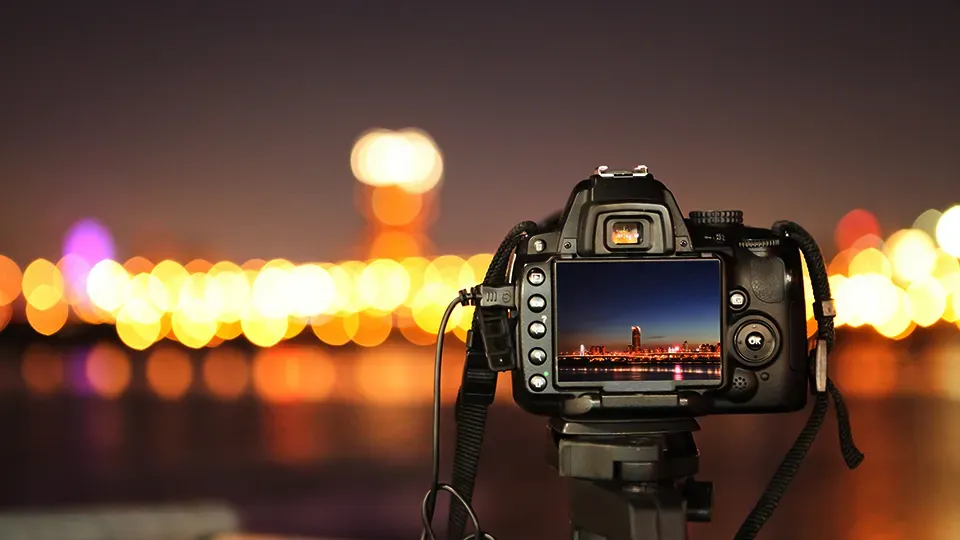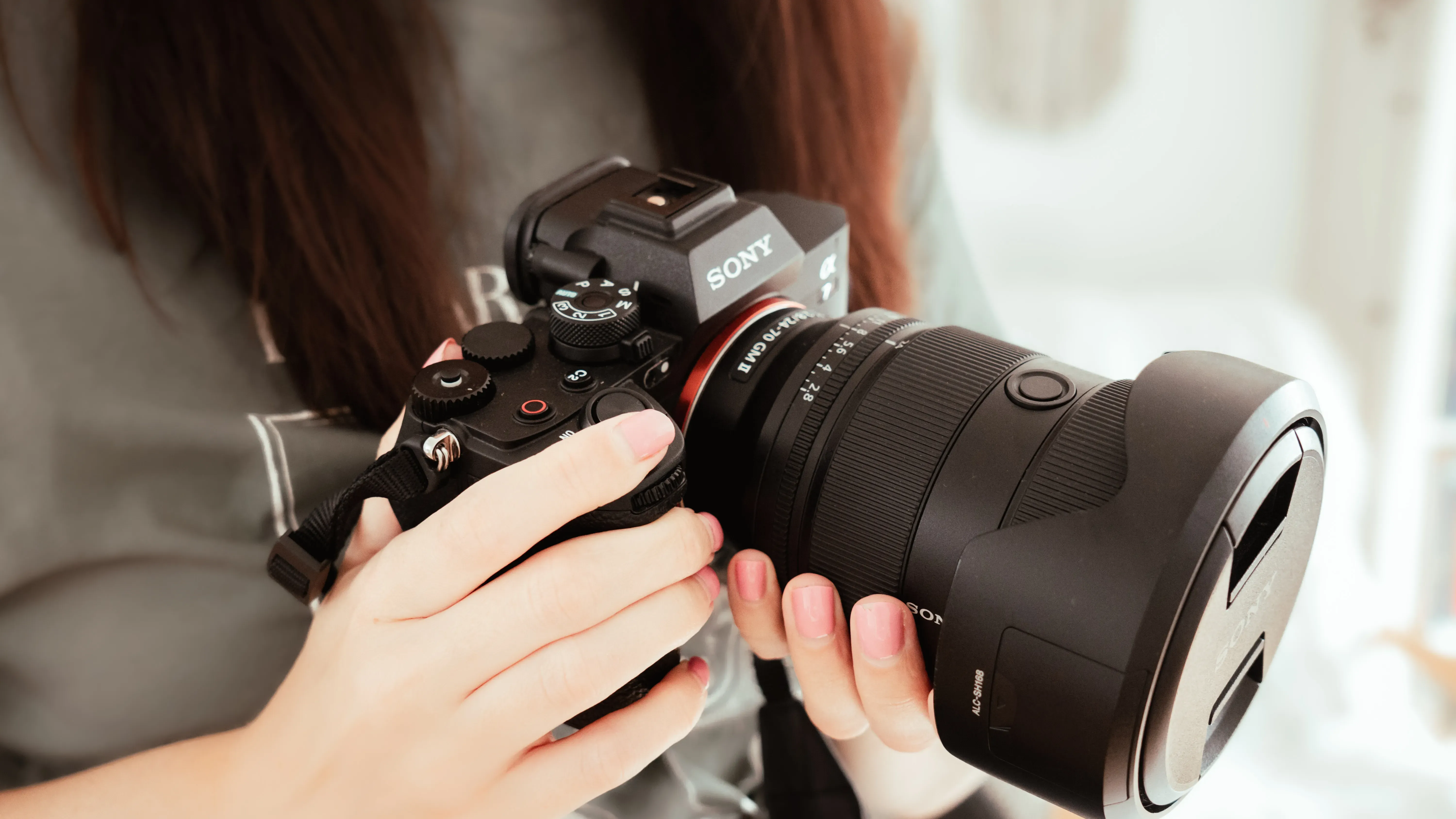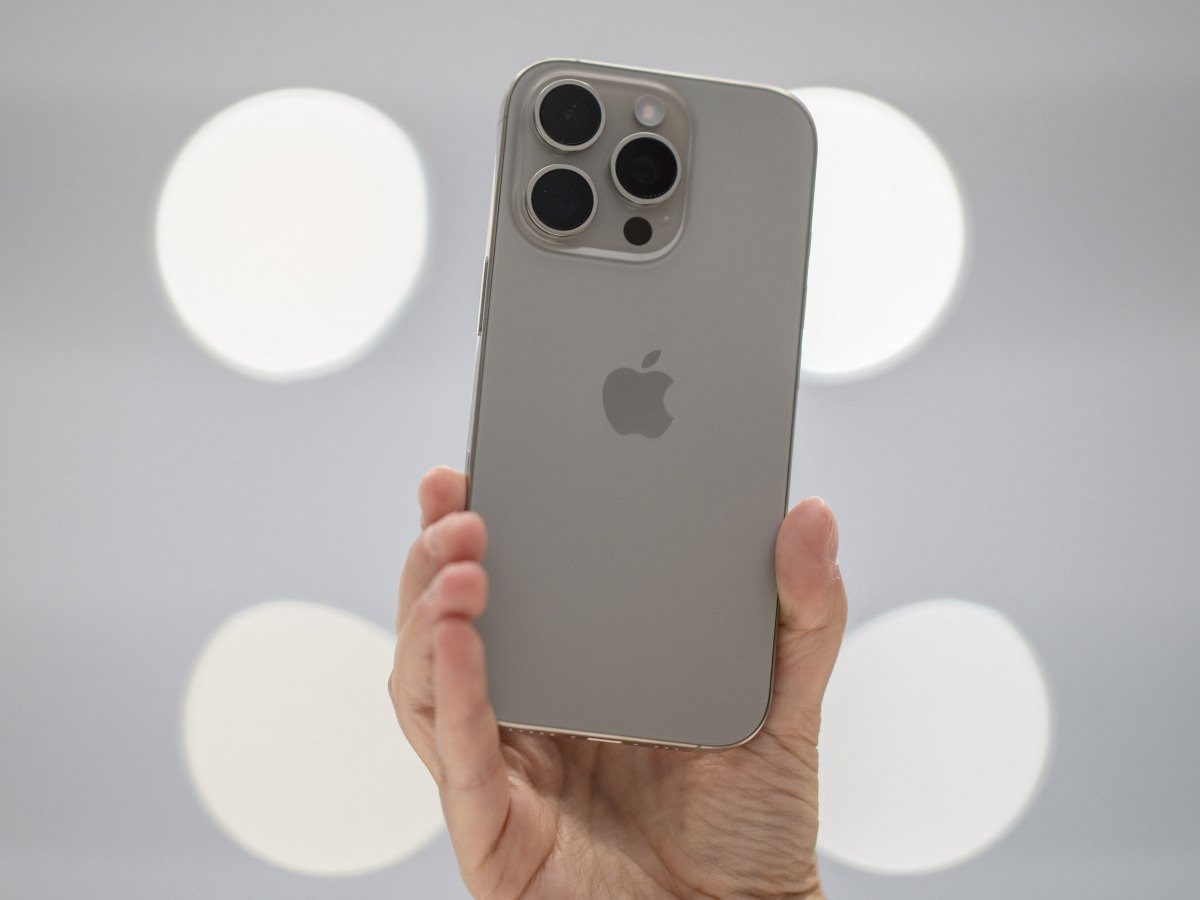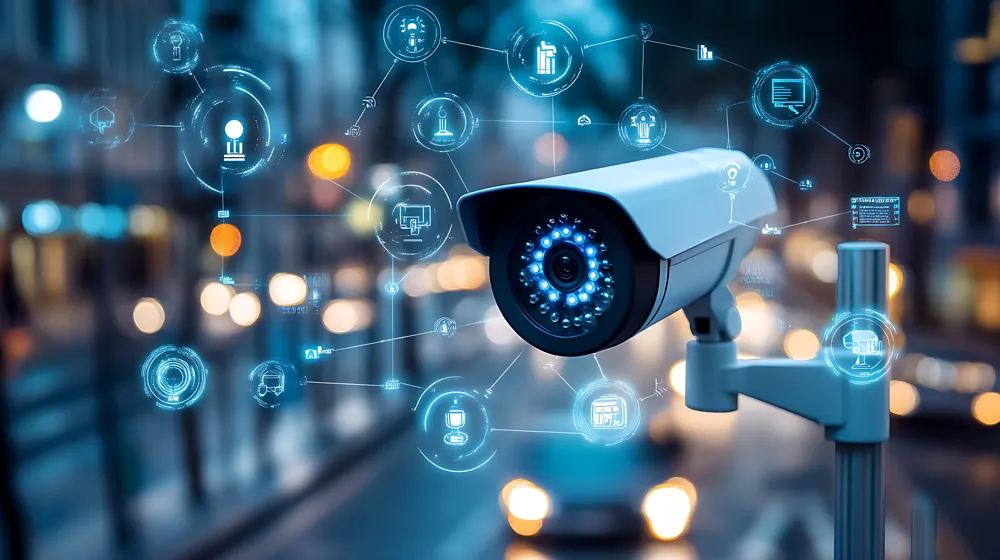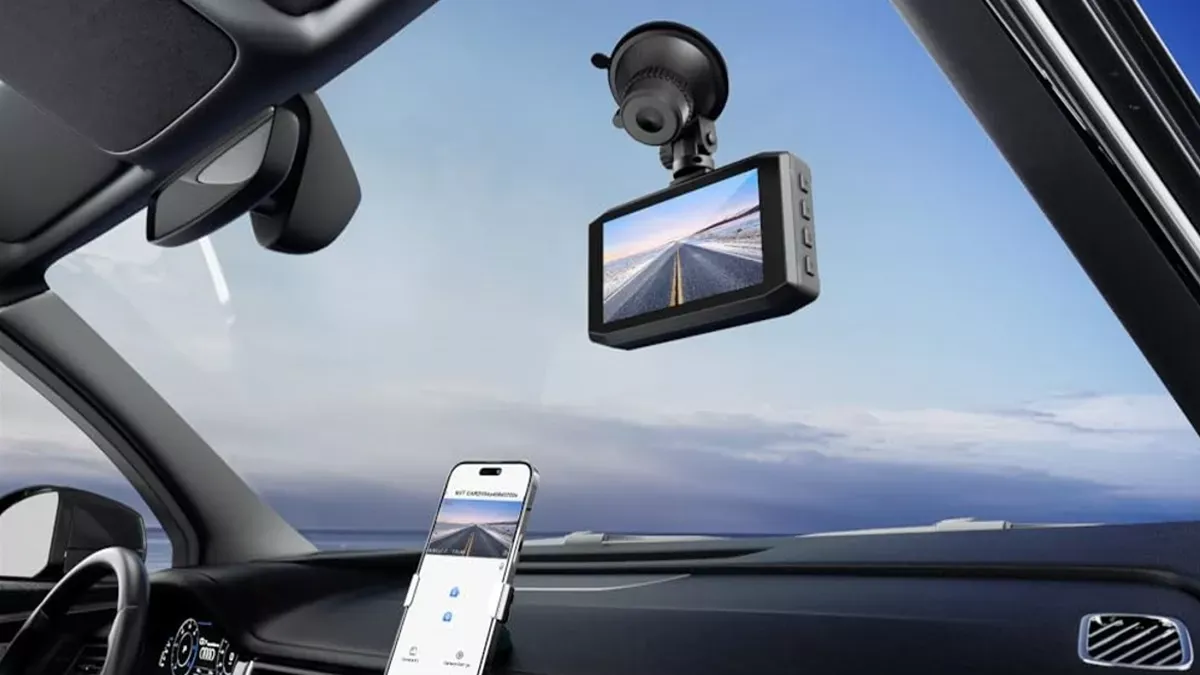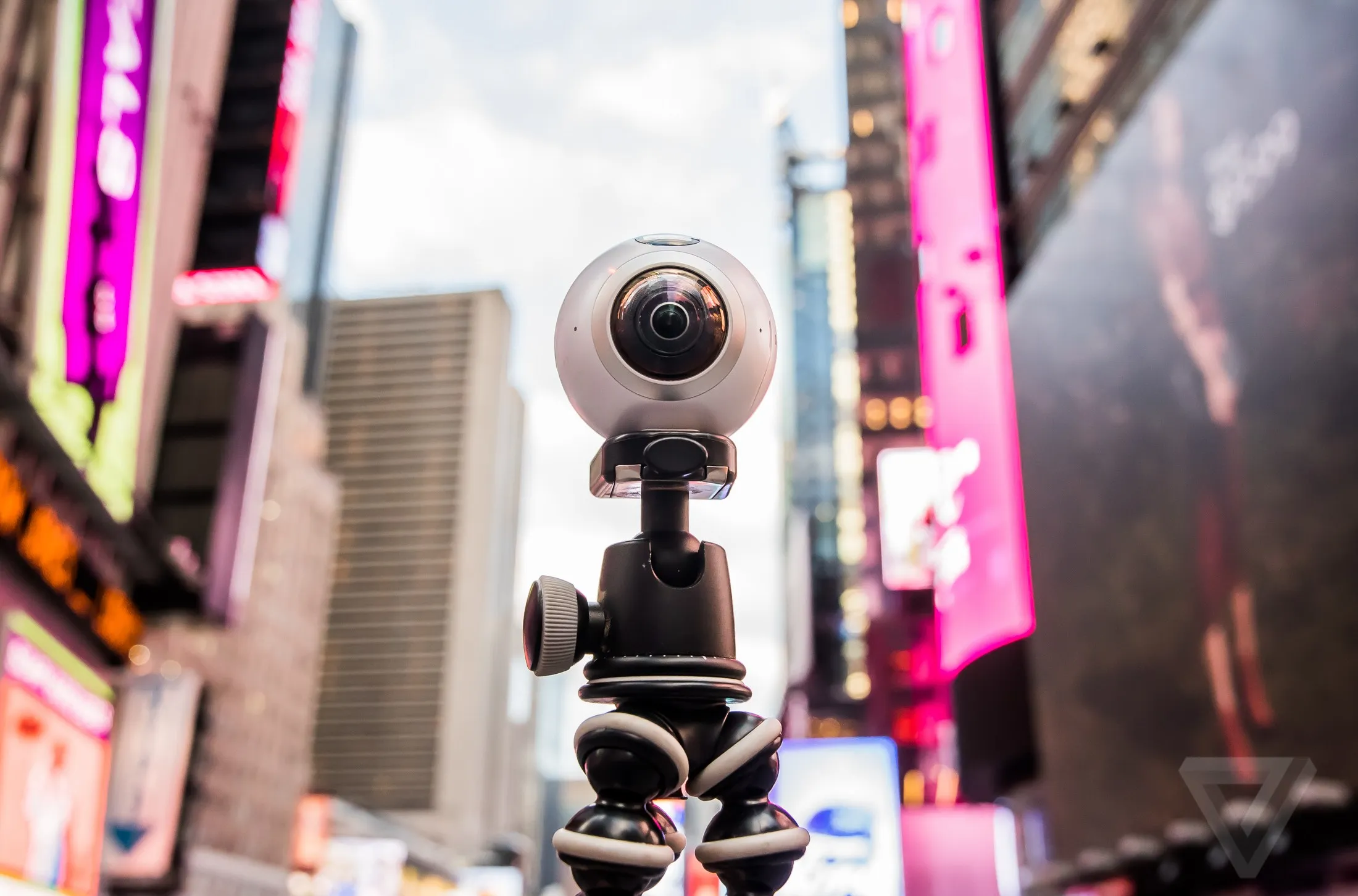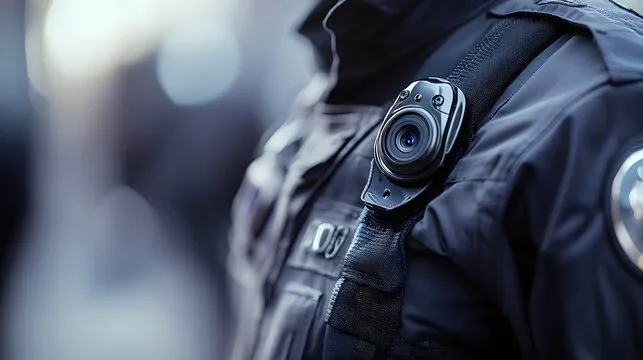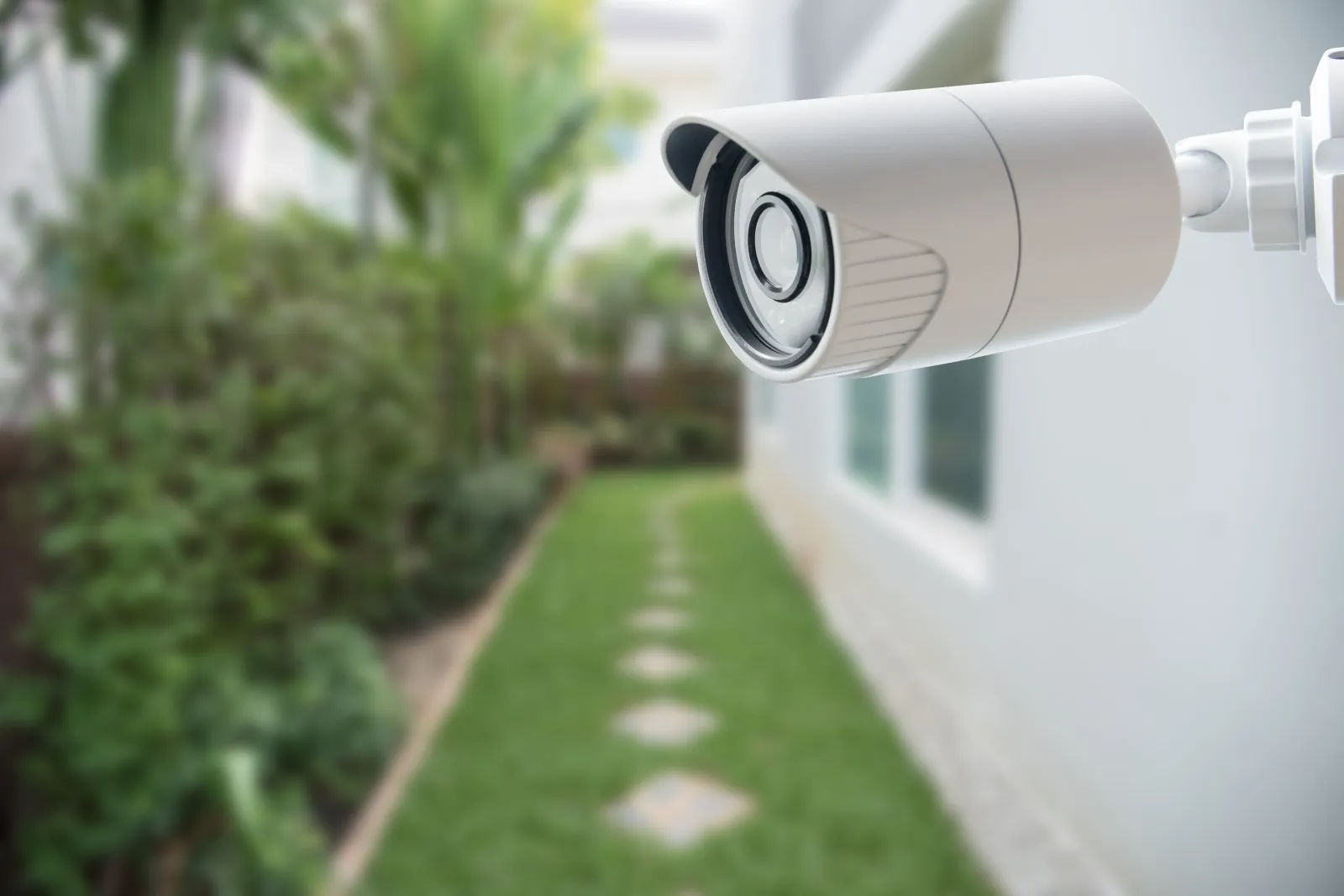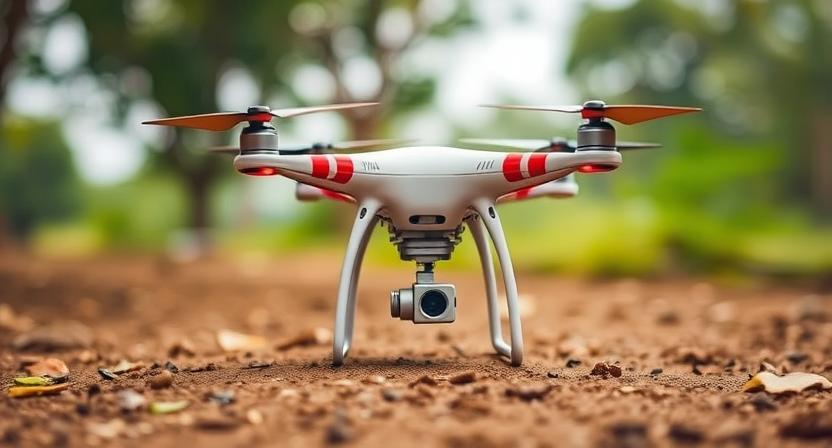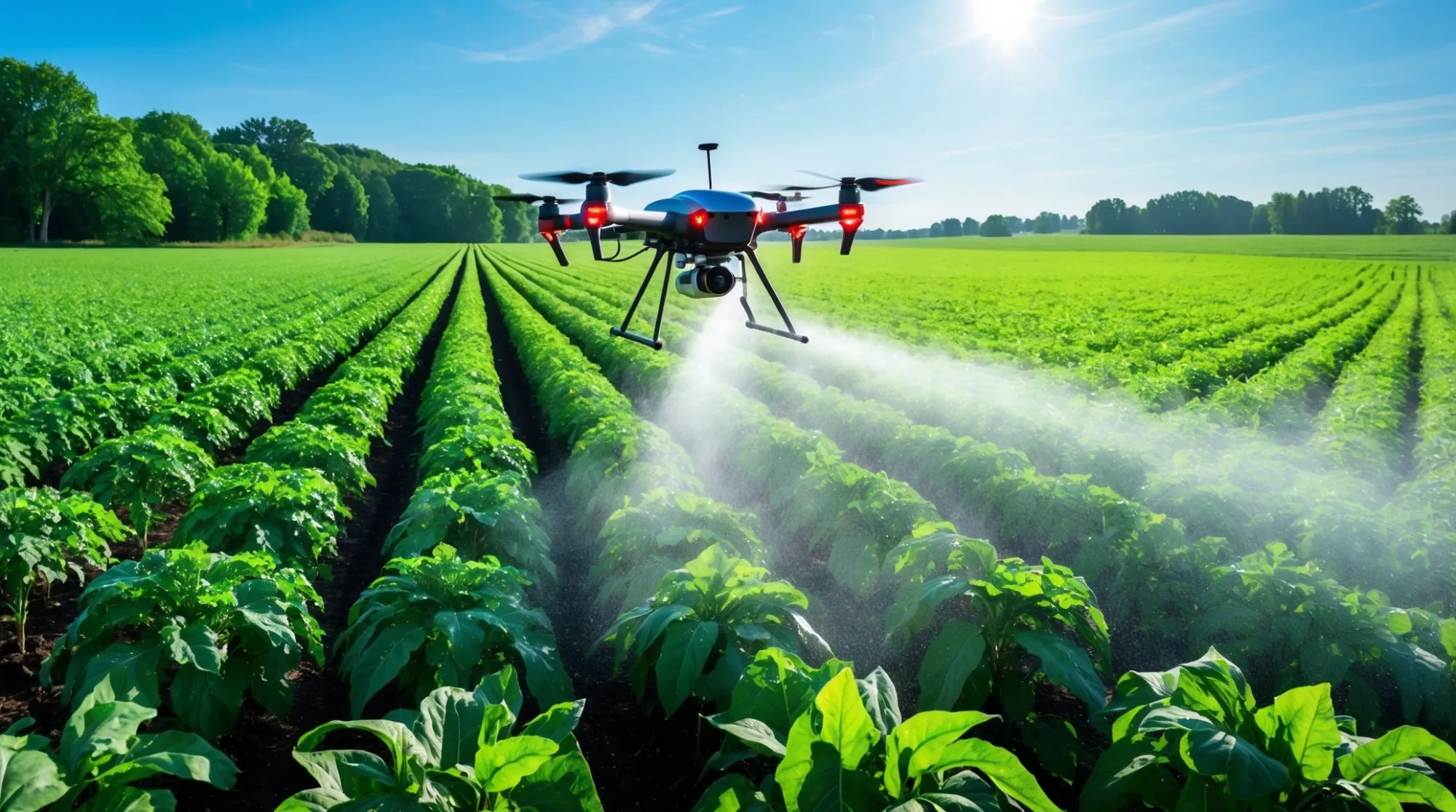Have you ever tried taking photos at night only to end up with grainy, dark images? I've been there too! After years of struggling with night photography, I discovered that a full-frame camera completely changed my results. In this guide, I'll share everything I've learned about using full-frame cameras for night photography and how they can transform your nighttime shooting experience.
Why Choose a Full-frame Camera For Night Photography?
When I first started taking night photos, I couldn't figure out why my images always looked noisy and dark. Then I learned about full-frame cameras, and it was like finding the missing piece of the puzzle!
Full-frame cameras have sensors that are the same size as a frame of 35mm film (36mm × 24mm). This larger sensor size means they can capture more light, which is exactly what you need when shooting in dark conditions.
Here's why I think full-frame cameras are amazing for night photography:
- Better light gathering - The bigger sensor captures more light, giving you cleaner images
- Improved low-light performance - Less noise when shooting at higher ISO settings
- Greater dynamic range - More details in both shadows and highlights
- Shallower depth of field - Creates that beautiful background blur (bokeh)
Top Full-frame Camera For Night Photography Options in 2025
After testing dozens of cameras over the years, I've found some clear winners for night photography. Here are my top picks that I've personally used:
Sony Alpha a7S III: The Low-Light Champion
When I first got my hands on the Sony a7S III, I was blown away by its ability to practically see in the dark! With its incredible ISO performance (up to 409,600), this camera has become my go-to for night shoots.
What makes it special:
- 12.1MP full-frame sensor optimized for low light
- Incredible high ISO performance with minimal noise
- 4K video capability at 120fps
- 5-axis in-body stabilization
I once used this camera to photograph the Northern Lights in Iceland, and the results were stunning—colors and details that my old camera could never capture!
Nikon Z6 II: The Value King
If you're looking for the best full frame camera for night photography without breaking the bank, the Nikon Z6 II might be perfect for you. I've found it offers an excellent balance of performance and price.
Standout features:
- 24.5MP BSI CMOS sensor
- Impressive ISO range of 100-51,200 (expandable to 204,800)
- Dual EXPEED 6 processors for fast performance
- In-body stabilization that helps with handheld night shots
I remember taking this camera to New York City for a weekend of urban night photography, and it handled the challenging lighting conditions of the city brilliantly.
Canon EOS R6: The All-Rounder
The Canon EOS R6 has become one of my favorite cameras for night photography because it's so versatile. It handles everything from astrophotography to urban night scenes with ease.
Key features:
- 20MP full-frame CMOS sensor
- Incredible autofocus system that works in extremely low light
- ISO range of 100-102,400 (expandable to 204,800)
- 8 stops of image stabilization with compatible lenses
Last summer, I used the R6 to photograph the Milky Way, and the autofocus system locked onto stars more accurately than any other camera I've tried.
Essential Settings for Night Photography with Full-frame Cameras
Having the right camera is only part of the equation. I've learned that using the correct settings makes a huge difference in night photography.
ISO Settings
The best camera for night photography will have good high ISO performance, but you still need to find the right balance:
- Start at ISO 1600-3200 for most night scenes
- For very dark conditions, don't be afraid to go up to 6400 or even 12800
- Remember that a noisy image is better than a blurry one!
I've found that with modern full-frame cameras, I can often push the ISO higher than I initially thought possible while still maintaining good image quality.
Aperture Choices
At night, light is precious, so I usually follow this approach:
- Use wide apertures (f/1.4, f/1.8, f/2.8) to let in more light
- For starry skies, f/2.8 is often the sweet spot
- For cityscapes where you want more depth of field, try f/5.6-f/8 with a longer exposure
Shutter Speed Considerations
Finding the right shutter speed is crucial for night photography:
- For handheld shots, try to stay above 1/focal length (with stabilization)
- For tripod work, don't be afraid to go to 10-30 seconds
- To avoid star trails in astrophotography, use the "500 rule" (500 ÷ focal length = maximum exposure time in seconds)
Essential Gear to Pair with Your Full-frame Camera
A great camera needs great accessories! Here's what I always bring along for night photography:
Tripods: Your Best Friend for Night Photography
I can't stress this enough—a sturdy tripod is essential for serious night photography. I learned this the hard way after ruining countless shots due to camera shake.
What to look for in a tripod:
- Stability even in light wind
- Weight capacity that easily handles your camera and heaviest lens
- Quick-release plate for easy setup
- Carbon fiber construction if you'll be carrying it far
Lenses for Night Photography
The right lens can make a huge difference. For night photography, I typically recommend:
- Fast prime lenses (f/1.4, f/1.8) for maximum light gathering
- Wide-angle lenses (14-35mm) for astrophotography and cityscapes
- A good zoom lens (24-70mm f/2.8) for versatility
My personal favorite is the Sony 24mm f/1.4 GM—it's perfect for night landscapes and astrophotography.
Remote Shutter Release
A remote trigger helps avoid camera shake when you press the shutter button. This simple tool has saved countless night shots for me by eliminating subtle vibrations.
Comparing Full-frame to Other Camera Types for Night Photography
When people ask me about the best camera for night photography, I always explain the differences between camera types:
Full-frame vs. APS-C
While APS-C cameras have improved tremendously, in my experience, full-frame still offers:
- About 1-2 stops better low-light performance
- Cleaner images at higher ISO settings
- Better dynamic range for preserving shadow details
Full-frame vs. Smartphone
The gap is narrowing, but when I compare my best phone camera for night photography (currently the iPhone 15 Pro Max) to my full-frame camera:
- The full-frame produces significantly less noise
- Dynamic range is much better on the full-frame
- The full-frame provides more flexibility with settings
- RAW files from full-frame cameras give much more editing latitude
That said, the best phone camera for night photography can still produce impressive results, especially with computational photography features like Night Mode.
Night Photography Techniques for Full-frame Cameras
Having the right camera is just the start. These techniques have helped me capture stunning night photos:
Focusing in the Dark
One of the biggest challenges in night photography is achieving sharp focus. Here's my approach:
- Use your camera's live view with maximum magnification
- Focus manually on a bright object (street light, moon, etc.)
- For starscapes, focus on the brightest star or distant light
- Use focus peaking if your camera offers it
- Once focused, switch to manual focus to lock it in
Exposure Bracketing
The high dynamic range of night scenes can be challenging. I often use exposure bracketing to capture both the highlights and shadows:
- Take 3-5 shots at different exposures (usually 1-2 stops apart)
- Blend them later in post-processing
- This technique is especially useful for cityscapes with bright lights
Light Painting
Adding your own light to a night scene can create magical effects:
- Use a flashlight or LED panel to illuminate specific areas
- Try different colored lights for creative effects
- Move the light continuously for smooth illumination
- Experiment with different exposure times
I once photographed an abandoned building at night, using a small LED light to illuminate just the doorway, creating a mysterious and atmospheric image.
Post-Processing Tips for Night Photography
Even with the best full frame camera for night photography, a little post-processing can take your images to the next level:
Noise Reduction Strategies
I've found these noise reduction techniques work well:
- Apply luminance noise reduction selectively
- Use masking to preserve details in important areas
- Consider specialized noise reduction software like Topaz DeNoise AI
- Sometimes, a slight grain can add character to night images
Color Temperature Adjustments
Night scenes often have mixed lighting that can be tricky to balance:
- Start with Auto White Balance as a baseline
- Adjust the temperature to match the mood you want to convey
- Don't be afraid to use split toning to create atmosphere
- Remember that night scenes don't always have to be "correct"—they can be artistic
Shadow and Highlight Recovery
The dynamic range of full-frame cameras really shines during post-processing:
- Gently lift shadows to reveal hidden details
- Carefully recover blown highlights in bright areas
- Use graduated filters in editing software to balance the exposure
- Consider luminosity masks for advanced editing
Common Challenges and Solutions in Night Photography
Through years of trial and error, I've faced and overcome many night photography challenges:
Dealing with Light Pollution
In cities, light pollution can wash out the night sky. I've found these approaches help:
- Use light pollution filters for astrophotography
- Embrace the city lights as part of your composition
- Look for locations with some darkness, like parks or waterfronts
- Post-process to enhance contrast and color in the sky
Avoiding Star Trails (Unless You Want Them)
For sharp stars, I follow these guidelines:
- Use the 500 rule (or even the more conservative 300 rule)
- Consider a star tracker for longer exposures
- Use a wide-angle lens to allow longer exposures
- Increase ISO instead of extending shutter speed
Combating Lens Condensation
Temperature changes can cause condensation on your lens. To prevent this:
- Allow your gear to acclimate to outside temperatures gradually
- Use anti-fog inserts or hand warmers near (not on) the lens
- Bring microfiber cloths to gently wipe away moisture
- Consider a lens hood to provide some protection
Budget-Friendly Options for Full-frame Night Photography
You don't need the absolute latest model to get great results. Some of my favorite budget options include:
Used Full-frame Cameras
I've had great experiences with these older models:
- Sony A7 II - Still excellent for night work at a fraction of the price
- Nikon D750 - A DSLR that holds up remarkably well in low light
- Canon 6D Mark II - Great value for Canon users
Affordable Fast Lenses
These lenses offer great performance without breaking the bank:
- Samyang/Rokinon 14mm f/2.8 - A manual focus gem for astrophotography
- Sigma 35mm f/1.4 Art - Often available used at good prices
- Tamron 28-75mm f/2.8 - A versatile zoom with excellent optics
My Personal Night Photography Journey
When I first started with night photography, I used an entry-level DSLR with a kit lens. My photos were always disappointing—dark, noisy, and lacking detail. After upgrading to a full-frame camera, the difference was night and day (pun intended!).
I remember my first night out with a full-frame camera—I was photographing the city skyline after sunset, and I couldn't believe the amount of detail I could capture in the shadows while still maintaining the highlight details in the bright city lights. It was like seeing the world through new eyes!
What really sealed the deal for me was a camping trip where I captured the Milky Way for the first time. Looking at those images on my computer afterward—seeing thousands of stars and the structure of our galaxy—I knew I could never go back to a smaller sensor for night photography.
Final Thoughts on Full-frame Cameras for Night Photography
After years of shooting at night with various cameras, I'm convinced that a full-frame camera is the best investment for serious night photography. The improvements in image quality, especially in challenging lighting conditions, are simply remarkable. That said, remember that the best camera is the one you have with you. Even if you're using your smartphone or an APS-C camera, you can still capture beautiful night images with the right techniques and a bit of creativity. Whether you're photographing cityscapes, the Milky Way, or the Northern Lights, I hope this guide helps you capture the magic of the night.

